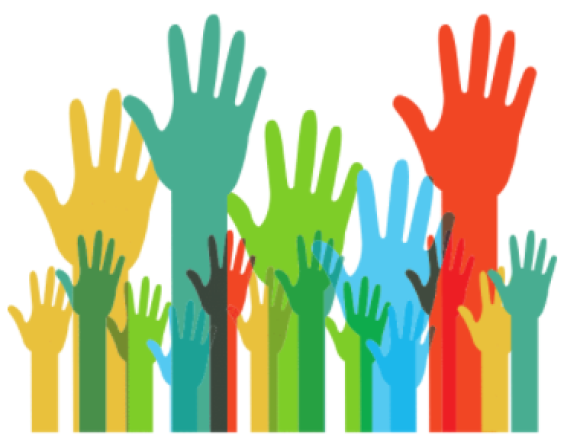One of the goals of ABE is to broaden STEM participation to historically underserved, and often minoritized, communities. In this effort, creating more opportunities for students to access high-quality, relevant, and engaging curricula is central. One of the most successful ways we have seen this done is through cultural responsiveness within curriculum design and through culturally responsive and sustaining teaching practices. Geneva Gay (2002) defines culturally responsive teaching as “using the cultural characteristics, experiences, and perspectives of ethnically diverse students as conduits for teaching them effectively” (p. 106).
Culturally responsive practices in K–12 education are informed by pedagogical beliefs rooted in high expectations, critical caring, acknowledging, affirming, and valuing students' identities, while seeking to dismantle inequities in education (Ladson-Billings, 1995; Gay, 2002). Over the past 40 years, educators have responded to the needs of increasingly multicultural classrooms with culturally responsive and sustaining teaching as evidence-based approaches, which have been shown to produce positive outcomes for culturally, linguistically, racially, and ethnically diverse student populations. (You might want to look at some of the following: Aronson & Laughter, 2016; Esposito & Swain, 2009; Gay, 2002, 2013; Ladson-Billings,1995; Milner, 2011; Paris & Alim, 2014).
However, adapting curricula through a culturally responsive and sustaining lens should be done with intention, care, and a critical lens. Continual learning should ground this work as every teacher has their own entry point, comfort level, and knowledge base to draw from (just like our students). The continuum is normal, and it creates opportunities for meaningful dialogue and collaborative planning. For teachers who want to embed cultural responsiveness into their curricula but are not sure where to begin, we suggest the following:
- Use a framework to guide your thinking and engage critical reflection. James A. Banks’ (2018) Transformative Model is an excellent tool both for individual reflection and within professional learning communities (PLCs). There are four levels to this model: (1) Contributions Approach, (2) Additive Approach, (3) Transformation Approach, and (4) Social Action Approach, summarized in this article.
- Ask some key questions. Ask questions within your professional learning networks, programs, and teacher teams such as: Whose representation is normalized in our current curriculum? Whose knowledge is included, excluded, or privileged? Who is this curriculum designed to serve and to what end? What is the curriculum seeking to sustain?
- Consider ways to make science more “relatable” to your students. Tap into the knowledge of other science teachers who are embedding cultural responsiveness in their practices and their curricula. Check out this short podcast from BAM Radio (11 minutes) and accompanying article where Larry Ferlazzo talks with science teachers Tara Dale and Autumn Kelley about culturally responsive teaching in science classrooms.
Check out our March 2021 blog post on Culturally Responsive Teaching in the Science Classroom. And, to learn more about Banks’ work, we recommend An Introduction to Multicultural Education. Lastly, we recommend this video where you can listen to him talk more about multicultural education.
